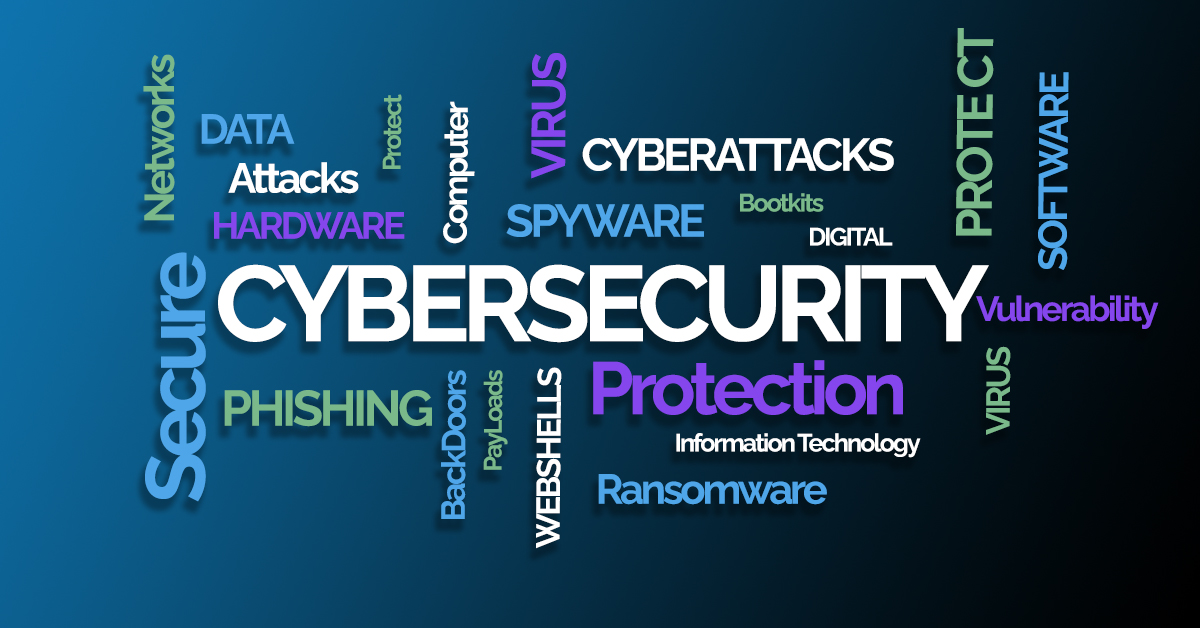Did you know that 43% of cyber attacks target small businesses, and a staggering 60% of those companies go out of business within six months of a breach? This alarming statistic underscores the urgent need for small businesses to prioritize cybersecurity. As digital threats continue to evolve, understanding the landscape and implementing effective strategies is essential for survival.
What is Cybersecurity?
Cybersecurity encompasses the technologies, processes, and practices designed to protect computers, networks, and data from unauthorized access or damage. For small businesses, robust cybersecurity measures are vital not only to safeguard sensitive information but also to maintain customer trust and comply with regulatory requirements.
Top Small Business Cyber Security Statistics 2024
Here are the top cyber security statistics for small businesses 2024, involving small businesses’ data breaches and cyber attacks:
- Accenture’s Cybercrime study reveals that nearly 43% of cyber-attacks on small businesses.
- Only 14% of these accounted SMBs are prepared to face such an attack.
- On average, SMBs spend between $826 and $653,587 on cybersecurity incidents.
- 95% of cybersecurity breaches are attributed to human error. (World Economic Forum)
- The next five years are due to see a 15% increase in cybercrime costs reaching 10.5 trillion by 2025.
Current Trends and Main CyberAttacks
Small businesses are increasingly targeted by cybercriminals due to their perceived vulnerabilities. Key trends include:
-
- Business Email Compromise (BEC): BEC remains one of the most pervasive threats, with attackers using sophisticated tactics to impersonate trusted individuals within an organization. This method exploits human error rather than relying solely on malware, making it particularly dangerous for small businesses. In 2024 alone, there was a 558% surge in AiTM and BEC-related attacks, highlighting the growing sophistication of these threats.
- Adversary in the Middle (AiTM): This tactic involves intercepting communications between two parties, allowing attackers to manipulate transactions or steal credentials without detection.
- Credential Theft: Cybercriminals increasingly employ advanced techniques to steal login credentials, which can then be sold on underground markets. Attackers have adapted their tactics to exploit vulnerabilities in services like Microsoft 365, often bypassing traditional security measures like multi-factor authentication (MFA) by using methods such as session hijacking and credential theft.
- Scam Messages: Cybercriminals may try and scam your business through email, text messages, phone calls and social media . They will often pretend to be a person or organisation you trust.
- Cybercriminals using AI to become less detectable.
Common Types of Cybersecurity Attacks
1. Malware
Malware, short for malicious software, encompasses various harmful programs that can infiltrate and damage your organization’s devices. It’s estimated that 94% of malware targeting small businesses arrives via email. Viruses attach to clean files, worms exploit network vulnerabilities, trojans masquerade as legitimate software, and spyware lurks in the background to monitor activities.
Signs of malware include slower computer performance, unexpected pop-ups, and frequent crashes. To prevent malware, keep your security software up to date and train employees to verify links and downloads from unknown sources. Regular system scans can help detect threats early.
2. Phishing
Phishing is a common and effective cyber threat where attackers impersonate someone familiar, like a company executive, to deceive employees into taking action through seemingly legitimate emails. These emails often contain links or attachments that steal personal information. Spear phishing, a targeted form of phishing, is particularly dangerous, with around 31,000 attacks occurring daily in 2023.
To prevent phishing, conduct regular training sessions to help employees recognize phishing attempts, such as misspellings in email addresses, generic greetings, and urgent language. Always verify the source of an email before clicking on links or providing information.
3. Ransomware
Ransomware is a type of malware that encrypts your files, making them inaccessible until a ransom is paid. It can enter your system through malicious downloads or phishing emails.
A clear sign of ransomware is a notification demanding payment to retrieve your data. Prevention is key; once files are encrypted, options are limited. Regularly back up your data to an external drive or cloud service and keep your software updated to restore data without paying the ransom.
4. Denial of Service (DoS) Attacks
DoS attacks aim to disrupt the normal functioning of a targeted server, service, or network by overwhelming it with internet traffic, rendering it inaccessible to users. Attackers exploit vulnerabilities or flood the target with excessive requests, causing slowdowns or crashes. The cost of downtime from a DoS attack can be thousands of dollars per minute.
Signs of a DoS attack include significant network slowdowns or website unavailability. Monitoring traffic can help identify unusual spikes. Mitigation strategies include having an incident response plan, using anti-DoS services, and configuring network hardware to handle unexpected traffic loads.
5. Password Attacks
Password attacks occur when cybercriminals try to gain unauthorized access to systems by exploiting weak, default, or stolen passwords. Brute force attacks involve trying every possible password combination until the correct one is found.
Detect password attacks by monitoring failed login attempts or notifications of password changes. Prevent these attacks by enabling two-factor or multi-factor authentication, using single sign-on (SSO), and training employees to use complex, unique passwords for different accounts.
6. Social Engineering
Social engineering attacks involve manipulating individuals into divulging confidential information in person, over the phone, or online. Scammers may pose as tech support, company employees, or other trustworthy sources to extract sensitive data.
Educate your team about these tactics to develop a healthy skepticism toward suspicious requests. Implement strict protocols for information sharing and ensure employees verify the identity of anyone making unsolicited requests.
7. Insider Attacks
Insider attacks occur when someone within your organization, such as an employee, contractor, or business partner, misuses their authorized access to harm your information systems or data. These attacks can be intentional or unintentional and may involve theft of proprietary information, system sabotage, unauthorized access to sensitive information, or data breaches.
Prevent insider threats by restricting access to sensitive data through identity and access management policies, conducting thorough background checks on employees, and monitoring user activities. Regular security audits and user activity reviews can help identify potential internal threats before they cause harm.
Top Recommendations from Governments and Experts
Government agencies and experts provide crucial guidance for small businesses aiming to bolster their cybersecurity including:
-
-
- Use Multi-Factor Authentication (MFA): MFA adds an essential layer of security by requiring users to provide multiple verification factors to access systems. Although MFA can be bypassed, it still serves as a critical line of defense against many attacks.
- Implement Access Control: Restricting access will help limit the damage caused by a cyber security incident. For example, if a staff member’s computer is infected with ransomware, with proper access controls it might only affect a small number of files rather than the entire business.
- Adopt Identity Threat Detection and Response (ITDR): This cybersecurity technology enhances visibility into potential identity compromises, crucial for detecting sophisticated attacks.
- Optimize Security Information and Event Management (SIEM): Properly configuring SIEM systems can improve detection capabilities against advanced threats targeting platforms like Microsoft 365.
- Use strong passwords or passphrases
- Manage shared accounts: Limit the use of shared accounts and secure any that are used in your business
-
Seek Help and Communicate
Collaboration is key in combating cyber threats. Small businesses should:
-
-
- Engage with Cybersecurity Experts: Partnering with Managed Detection and Response (MDR) providers and small business technology consultants offers specialized support tailored to small business needs.
- Communicate with Peers: Joining local business associations or online forums can provide insights into common threats faced by similar organizations and collaborative defense strategies.
-
Conclusion
The evolving cybersecurity threats presents significant challenges for small businesses. By understanding the nature of these threats, staying informed about current trends, and implementing best practices recommended by government agencies, small businesses can enhance their security posture. Investing in employee education, leveraging advanced technologies like MFA and ITDR, and fostering collaboration within the business community are essential steps toward safeguarding against cyber threats. Prioritizing cybersecurity is not just about compliance; it’s about ensuring the longevity and success of your business in a digital world where threats are ever-present.
Sources:
-
- Todyl MXDR Team Report on Cyber Threats Targeting SMBs – September 30, 2024.
- Cybersecurity & Infrastructure Security Agency (CISA) – Best Practices for Small Businesses.
- National Institute of Standards and Technology (NIST) – Framework for Improving Critical Infrastructure Cybersecurity..
- Verizon Data Breach Investigations Report (DBIR) – Insights on Cyber Threats Facing Small Businesses.




